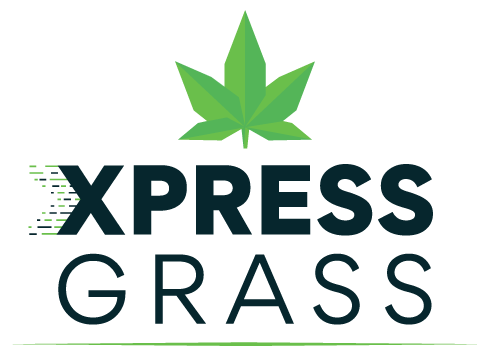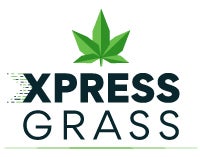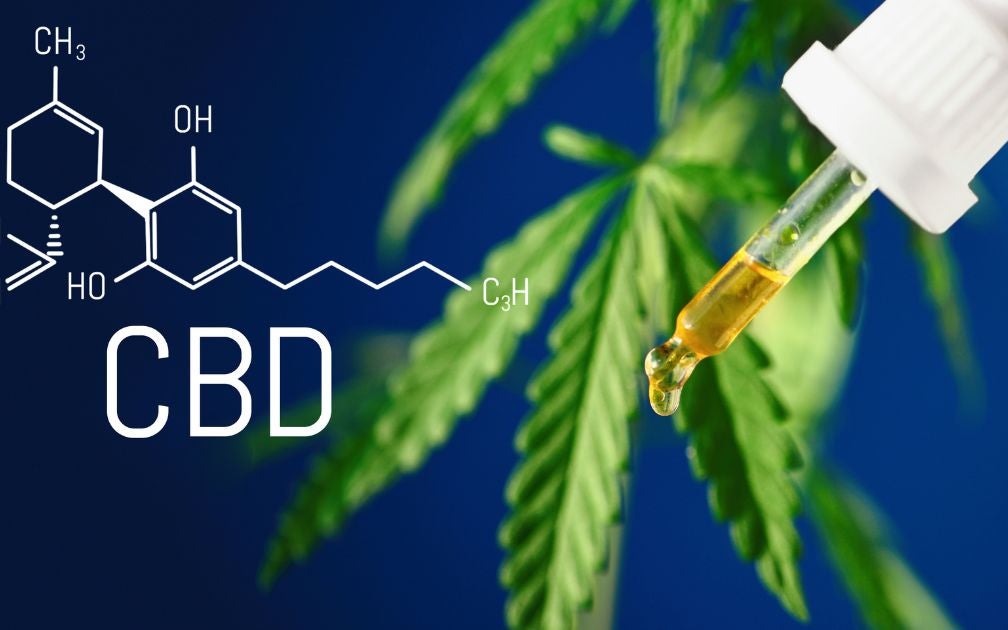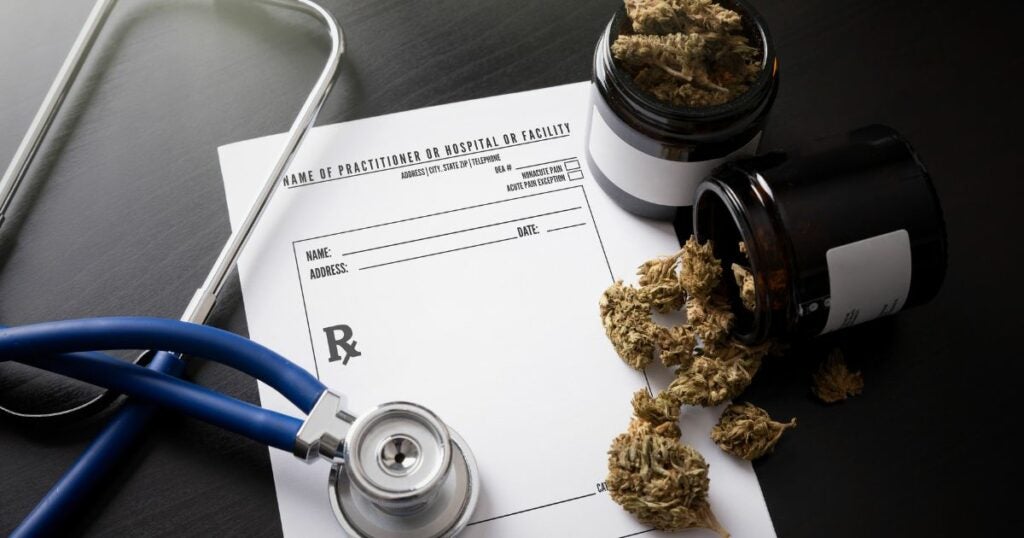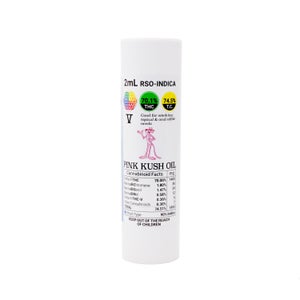Table of Content
- Understanding THC and CBD
- Medical Marijuana Strains without THC
- Medical Uses and Applications of THC-Free Medical Marijuana
- Legal and Regulatory Considerations
- Conclusion
- FAQ
Medical marijuana has long been associated with its psychoactive component, THC, which produces the characteristic “high” experienced by recreational users. However, there exists an alternative path for those seeking the potential health benefits of medical marijuana without the psychoactive effects. Enter medical marijuana THC-free, a fascinating realm where the focus shifts from euphoria to health and wellness. In this blog, we venture beyond the traditional notions, unravelling the potential of THC-free medical marijuana in promoting holistic well-being. Join us as we dive into the science, benefits, and emerging trends surrounding medical marijuana THC-free, and discover how this promising avenue can empower individuals on their journey to optimal health and wellness.
Understanding THC and CBD
When discussing medical marijuana, it is essential to distinguish between THC and CBD. THC, or tetrahydrocannabinol, is the compound responsible for the psychoactive effects commonly associated with marijuana. This psychoactivity has led to its legal status being heavily regulated in different regions worldwide.
On the other hand, CBD, or cannabidiol, is non-psychoactive and does not produce the same mind-altering effects as THC. Instead, CBD is known for its potential therapeutic properties, making it an attractive option for medical applications. Scientific research has shown promising results regarding the use of CBD in various medical treatments, such as pain management, anxiety reduction, and seizure control.
It is essential to address any misconceptions or concerns related to CBD. Despite being derived from the cannabis plant, CBD does not induce the “high” commonly associated with marijuana use. This characteristic makes it a more accessible and widely accepted option for those seeking medical benefits without the psychoactive side effects.
Medical Marijuana Strains without THC
In response to the growing demand for THC-free medical marijuana, a wide range of strains are now available that are low or completely devoid of THC. These strains have specific cannabinoid profiles, with higher concentrations of CBD and minimal THC content. This targeted selection is crucial in optimizing the therapeutic effects while minimizing potential psychoactive impact.
The potential benefits of THC-free medical marijuana are extensive and can cater to various medical conditions. For instance, CBD has shown promise in managing chronic pain, reducing inflammation, alleviating symptoms of anxiety and depression, and even aiding in epilepsy treatment. These therapeutic properties have sparked interest among patients and healthcare professionals alike.
Several popular medical marijuana THC-free strains have gained recognition for their specific properties. For example, “ACDC” is a strain known for its high CBD content and minimal THC levels. It has been praised for its potential to provide pain relief and induce relaxation without mind-altering effects. Similarly, “Charlotte’s Web” is another well-known strain, particularly for its effectiveness in reducing seizures in patients with epilepsy.
It is important to note that while THC-free strains offer promising benefits, there may still be potential side effects or considerations to keep in mind. As with any medical treatment, individual responses may vary, and it is essential to consult with healthcare professionals to ensure safe and effective usage.
Medical Uses and Applications of THC-Free Medical Marijuana
Treating Various Medical Conditions with THC-Free Medical Marijuana
THC-free medical marijuana, also known as CBD-dominant strains, has gained significant attention for its potential therapeutic benefits. This form of medical marijuana contains high levels of cannabidiol (CBD) while minimizing the presence of tetrahydrocannabinol (THC), the psychoactive compound responsible for the “high” associated with cannabis. Let’s explore the medical conditions that can be effectively treated with THC-free medical marijuana and how it alleviates symptoms for each condition.
Chronic Pain Management
One of the most common uses of THC-free medical marijuana is chronic pain management. Scientific studies have demonstrated that CBD has analgesic properties, reducing pain perception by interacting with the endocannabinoid system in the body. Individuals with arthritis, fibromyalgia, or neuropathic pain have reported significant relief after using THC-free medical marijuana. The anti-inflammatory effects of CBD contribute to the alleviation of pain, improving the quality of life for many patients.
Anxiety and Depression Relief
THC-free medical marijuana has also shown promise in alleviating symptoms of anxiety and depression. Research suggests CBD interacts with serotonin receptors in the brain, influencing mood and reducing anxiety levels. Unlike traditional anti-anxiety medications, THC-free medical marijuana doesn’t carry the risk of addiction or severe side effects. Many individuals have found CBD a natural and effective alternative, providing a sense of calm and tranquillity without the cognitive impairments associated with THC.
Epilepsy and Seizure Disorders
Another significant breakthrough in the medical field is the use of THC-free medical marijuana in treating epilepsy and seizure disorders. Clinical trials have shown that CBD can reduce the frequency and severity of seizures, particularly in individuals with Dravet syndrome and Lennox-Gastaut syndrome. The exact mechanisms of CBD’s anticonvulsant effects are still being studied, but the evidence is promising. THC-free medical marijuana has given hope to patients with limited treatment options for their debilitating seizure conditions.
Sleep Disorders and Insomnia
For individuals struggling with sleep disorders or insomnia, THC-free medical marijuana can offer relief. CBD has been reported to promote better sleep quality by addressing underlying causes such as anxiety, chronic pain, or restless leg syndrome. By reducing these factors, THC-free medical marijuana helps individuals achieve more restful and rejuvenating sleep, improving overall well-being.
Administration Methods and Considerations
THC-free medical marijuana can be administered through various methods, depending on the treated condition. The most common methods include oral consumption, topical applications, and inhalation.
Oral consumption involves taking THC-free medical marijuana as oil, capsules, tinctures, or edibles. This method provides long-lasting effects but may take longer to kick in due to the digestive process. Topical applications, such as creams or balms infused with CBD, are suitable for localized pain relief and skin conditions.
Inhalation through vaporization or smoking allows for quick onset of effects, making it beneficial for acute symptoms. However, this method may not be suitable for individuals with respiratory conditions.
Regarding dosages and timing, it is crucial to consult with healthcare professionals experienced in medical marijuana treatment. Each condition may require different dosages and schedules, and professional guidance ensures optimal therapeutic benefits.
It’s also important to consider potential interactions between THC-free medical marijuana and other medications. CBD can interact with certain liver enzymes, affecting certain drugs’ metabolism. Consulting with healthcare professionals helps minimize potential risks and ensures safe usage.
Legal and Regulatory Considerations
The legal status of THC-free medical marijuana varies across countries and states. While some regions have embraced its therapeutic potential and established comprehensive regulations, others maintain stricter restrictions. It’s essential to be aware of the legal framework in your specific location before considering THC-free medical marijuana treatment.
Regulations typically cover the production, distribution, and purchase of THC-free medical marijuana products. Licensed producers adhere to strict quality control measures to ensure the products’ potency, purity, and safety. Distribution channels may include dispensaries or online platforms, subject to specific licensing requirements.
Abiding by local laws is paramount, as non-compliance can lead to legal consequences. Healthcare professionals familiar with local regulations can guide patients and provide appropriate recommendations for THC-free medical marijuana treatment.
However, accessing THC-free medical marijuana may pose challenges due to varying availability, affordability, or limitations in certain regions. Advocacy efforts continue to push for improved accessibility to ensure that patients who benefit from this medical treatment can readily access it.
Conclusion
THC-free medical marijuana, or CBD-dominant strains, provides a promising natural therapeutic option without inducing intoxication. From pain management to anxiety relief, epilepsy treatment to sleep disorder alleviation, CBD-dominant strains have shown effectiveness in improving patients’ quality of life.
Scientific studies and anecdotal evidence support the efficacy of THC-free medical marijuana, but individual experiences may vary. As such, consultation with healthcare professionals is crucial for personalized treatment plans and dosing considerations.
FAQs
What does THC-free mean?
THC-free refers to medical marijuana strains or products with minimal or non-detectable levels of tetrahydrocannabinol (THC), the psychoactive compound responsible for the intoxicating effects of cannabis. These products primarily focus on the therapeutic benefits of other cannabinoids, such as cannabidiol (CBD), without inducing a psychoactive “high.”
What is the alternative to THC?
The alternative to THC in medical marijuana is CBD, which stands for cannabidiol. CBD is a non-psychoactive cannabinoid found in cannabis plants. It offers potential therapeutic benefits, including pain relief, anti-inflammatory properties, anxiety reduction, and anti-seizure effects. CBD-dominant strains or THC-free medical marijuana products are often sought as alternatives for individuals who want to avoid the psychoactive effects of THC.
What is the most effective form of medical marijuana?
The effectiveness of medical marijuana depends on various factors, including the individual’s condition, symptoms, and personal preferences. Different forms of medical marijuana include dried flowers for smoking or vaporization, oils or tinctures for sublingual use, edibles, capsules, topicals, and more. Each form has its advantages and considerations.
What does MMJ stand for?
MMJ stands for Medical Marijuana. The term “MMJ” is an abbreviation to refer to the therapeutic use of cannabis or cannabis products for medical purposes. It encompasses the legal and regulated use of marijuana to alleviate symptoms, manage conditions, or improve patients’ overall well-being under the guidance of healthcare professionals.
